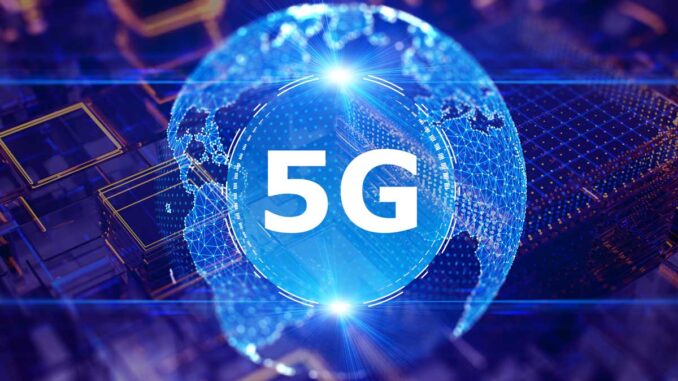
5G technology is designed to dramatically enhance mobile network speeds compared to its predecessor, 4G. Here are some key points regarding the increased speed capabilities of 5G:
Theoretical Maximum Speeds: 5G networks are expected to achieve theoretical maximum speeds of up to 20 Gbps. This represents a significant leap from 4G, which typically offers maximum speeds around 1 Gbps.







Average Speed Improvements:
In practical scenarios, 5G is delivering average speeds that are 10 times faster than 4G, with real-world measurements showing speeds ranging from 1.4 to 14 times faster than 4G networks. This means users can expect much quicker downloads and smoother streaming experiences.
Impact of Frequency Bands:
The speed capabilities of 5G are influenced by the frequency bands used. Higher frequency bands, such as those in the mmWave spectrum, can provide faster speeds but may have limitations in range and penetration through obstacles.
Future Expectations:
As 5G networks continue to roll out and evolve, further increases in speed are anticipated. The ongoing development and optimization of network infrastructure will likely enhance the average speeds experienced by users.
Real-World Applications:
The increased speeds of 5G enable a wide range of applications, from enhanced mobile broadband services to supporting advanced technologies like augmented reality (AR), virtual reality (VR), and the Internet of Things (IoT).
Conclusion
The advancements in speed offered by 5G technology are set to transform how we use mobile networks, enabling faster downloads, improved streaming quality, and supporting a new wave of applications that require high-speed connectivity. As the technology matures, users can expect even greater enhancements in their mobile experiences.


Leave a Reply